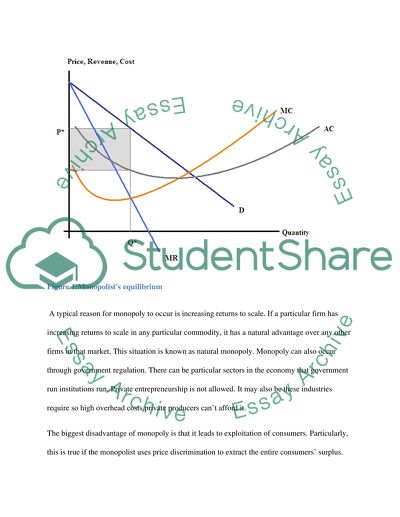Cite this document
(“Micro Economics Essay Example | Topics and Well Written Essays - 2000 words”, n.d.)
Retrieved from https://studentshare.org/environmental-studies/1412208-micro-economics
Retrieved from https://studentshare.org/environmental-studies/1412208-micro-economics
(Micro Economics Essay Example | Topics and Well Written Essays - 2000 Words)
https://studentshare.org/environmental-studies/1412208-micro-economics.
https://studentshare.org/environmental-studies/1412208-micro-economics.
“Micro Economics Essay Example | Topics and Well Written Essays - 2000 Words”, n.d. https://studentshare.org/environmental-studies/1412208-micro-economics.


